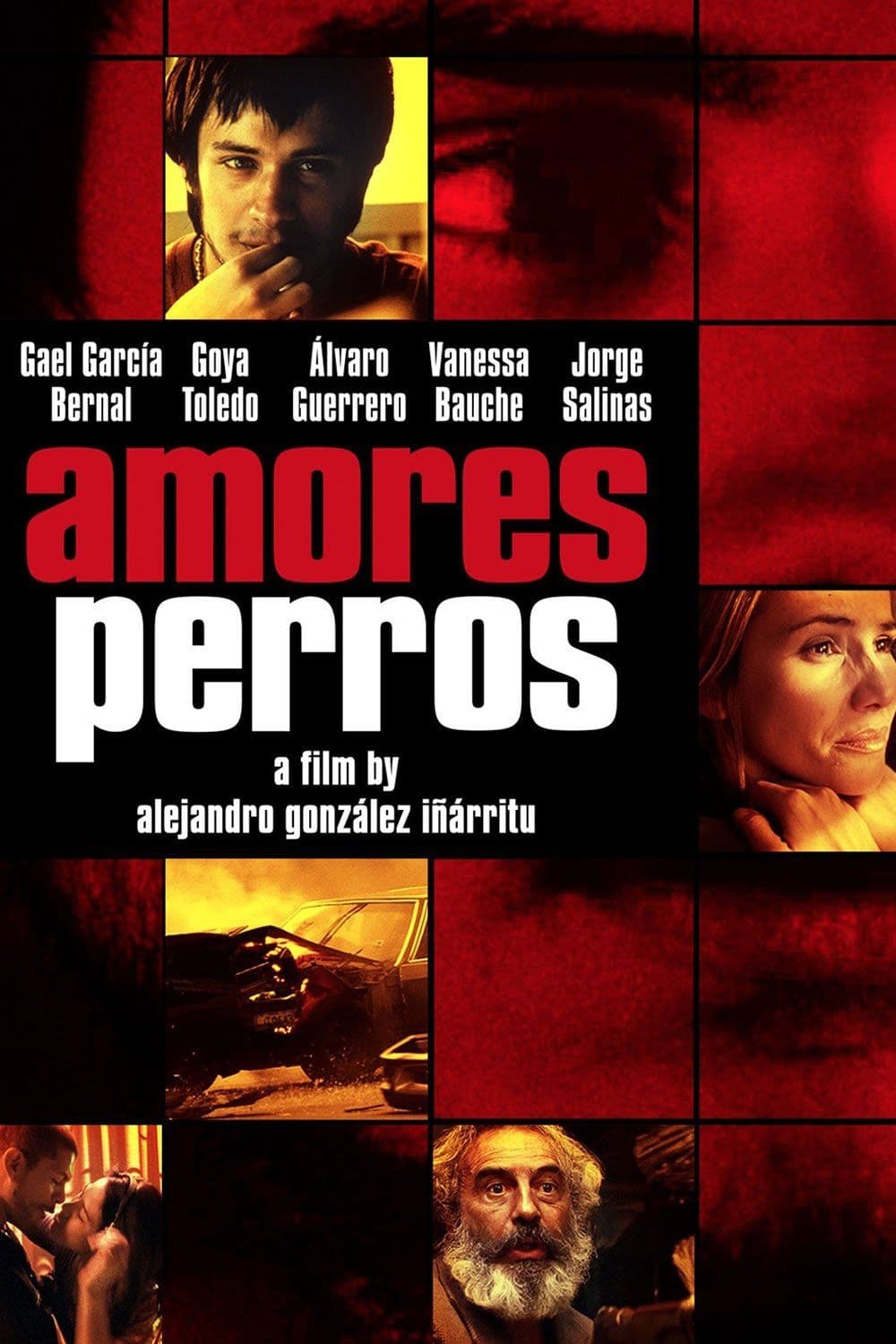
Amores Perros
2000
Rate this movie
Average: 0.00 / 5
(0 votes)
Director
Alejandro Iñárritu’s debut film is a work that inaugurated a great era for Mexican cinema, successfully transcending borders and garnering film awards worldwide (Amores Perros holds over fifty accolades). It was not only a stunning debut for the filmmaker but a true watershed moment for Mexican cinema, which, after years of relative marginalization, burst onto the global scene with new force and vision. Amores Perros, along with the subsequent works of Alfonso Cuarón and Guillermo del Toro – the trio known as “The Three Amigos” – redefined Mexico's cinematic identity, projecting it into an international dimension of prestige and experimentation, marking a break with conventions and embracing a raw, uncompromising realism that would influence subsequent productions.
Iñárritu's cinema is a constant flow of narrative; the Mexican director is indeed a very skilled storyteller, thanks also to the semantic scaffolding built by Guillermo Arriaga, who wrote the story and screenplay and who, with this film, would become his regular collaborator (he also wrote the screenplays for 21 Grams and Babel, the two subsequent works, which, according to some critics, form a trilogy with Amores Perros known as the “Trilogy of Death”). This non-linear, fragmented, and tense narrative would become the stylistic hallmark of the director and his screenwriter, an approach that in some ways recalls the ensemble structure of films like Paul Thomas Anderson's Magnolia or, in certain respects, the temporal mosaic of Tarantino's works, but which here finds its specificity in the inevitability of fate and the brutality of collisions. The "Trilogy of Death" is not a mere exercise in style but an intrinsic choice that reflects the existential chaos and unavoidable collisions characterizing the characters' lives. Death is not understood as an ultimate end but as a catalyst for change, a transformative force that lays bare the fragility and resilience of the human soul. In Amores Perros, it manifests in the sudden and violent car accident that shatters the protagonists' lives, forcing them to confront their choices and their inevitable losses, laying the groundwork for subsequent broader thematic explorations.
This film narrates the events of three stories that have dogs as their common denominator.
Octavio decides to earn some money by making his dog fight in underground matches; Valeria, a model injured in a car accident, loses her little dog in the depths of her new apartment; and finally, El Chivo is a homeless man with a pack of dogs as travel companions who will eventually meet his lost daughter. All three episodes converge in an event that will profoundly alter the course of each character's life: a car accident.
The dogs, in this urban epic, are not mere narrative accessories but true dramatic catalysts, distorting mirrors of their owners' darkest and most sincere impulses. They reflect blind loyalty and primal ferocity, dependence and the instinct for survival, becoming tangible emblems of human virtues and miseries. The raw and sometimes brutal portrayal of dogfights, while sparking controversy and animal rights protests (to which Iñárritu always responded with the clear assertion that no animals were mistreated and that most scenes were created using special effects and trained animals), serves to highlight the inherent barbarity in the human soul, a primordial violence that spills over even onto the most loyal creatures, but finds its most devastating echo in human relationships.
The characters appear lost in their daily anxieties, defeated by life, and their dogs represent an ideal path to salvation that, however, cannot materialize due to some cruel twist of fate or an imponderable fatality. Their lives are intertwined and disrupted by a single catastrophe, a point of no return that reveals the fragility of their illusions. Octavio, desperate in his attempt to escape a destiny of poverty and frustration, embodies the class struggle and the dream of redemption through illicit means; Valeria, an icon of success and beauty, finds herself cast into a hell of physical and moral pain that unmasks the superficiality of her gilded world and the solitude dwelling within it; El Chivo, the former university professor turned hitman and homeless man, is the personification of disillusionment and the search for late redemption, a ghost of lost ideals in the chaotic metropolis. Each character is trapped in a vicious cycle, a "canine destiny" forged from the struggle for survival and obsessive loves. Their search for salvation is often self-destructive, their decisions driven by a desperate urgency that pushes them towards emotional and physical abysses. The car accident is not just a narrative mechanism but a fatal event that acts as a purge, a moment when masks fall and true priorities emerge, often painfully and irreversibly.
Mexico City is not merely a backdrop but a pulsing, chaotic character, a soft underbelly of social contrasts, deafening noises, and suffocating traffic jams, whose frenetic and brutal energy is reflected in the turbulent lives of its inhabitants. Iñárritu's direction, aided by Rodrigo Prieto's vibrant and nervous cinematography, captures this metropolis with visceral, almost documentary-like realism, immersing the viewer in a totalizing sensory experience of dirt, noise, and inescapable vitality. The camera moves with agility between the slums and upscale neighborhoods, revealing a city divided yet interconnected by invisible threads of violence, desire, and despair. This aesthetic approach, combined with tight editing and a soundtrack that pulses with the city's rhythm, contributes to creating an oppressive yet magnetically authentic atmosphere.
The title is a play on words untranslatable into English: it can literally mean "canine loves," but also "love is a hassle," or more precisely, "loves are trouble," a burden, a curse that hounds the characters, almost a "dog's life love," in the most brutal and desperate sense of the term. This linguistic ambivalence is the key to understanding a work that, despite its rawness, explores the multiple nuances of affection, loyalty, and betrayal, demonstrating how even in the most abject of existences, a spark of humanity can reside, or an unappealable condemnation.
Country
Gallery

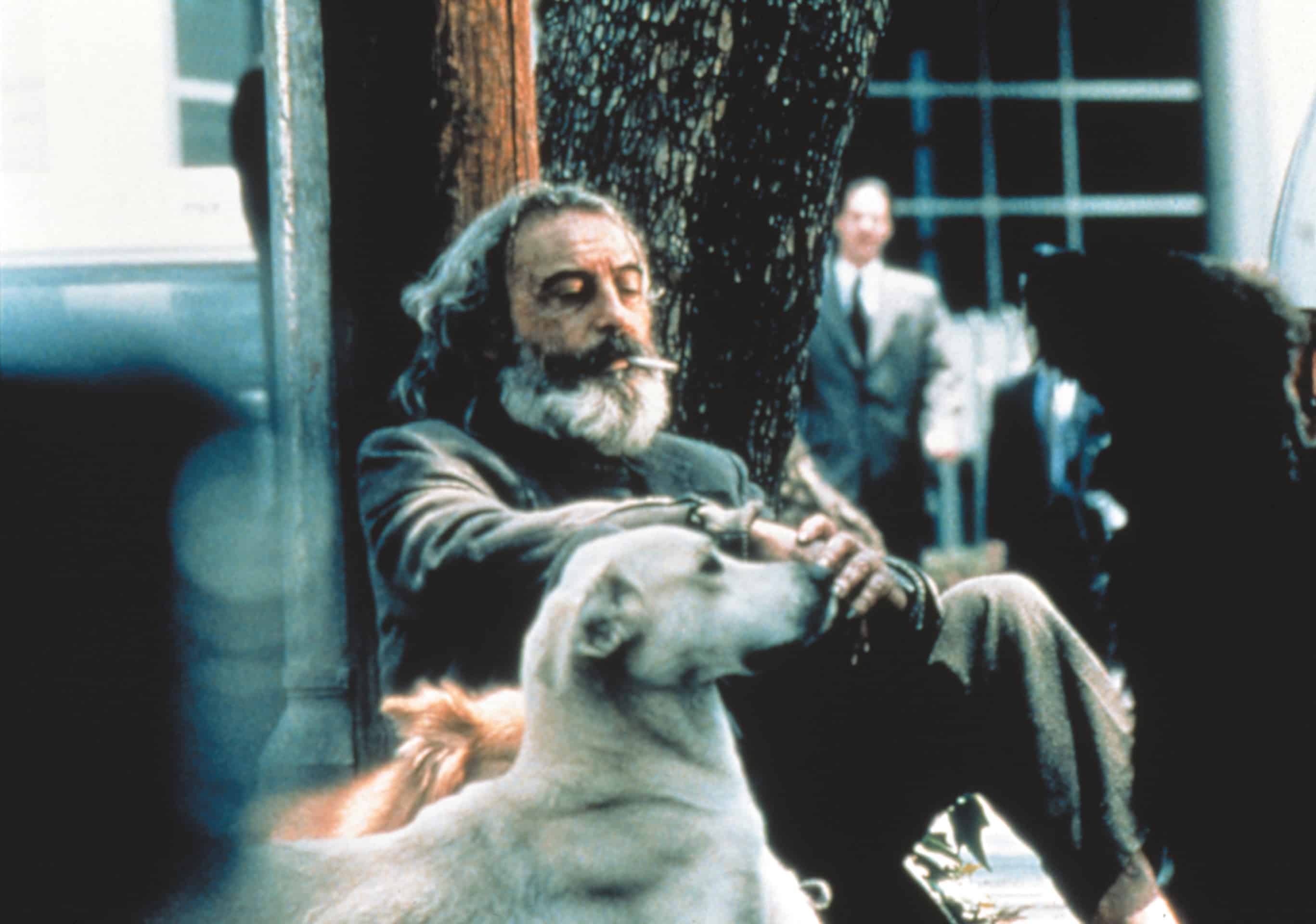
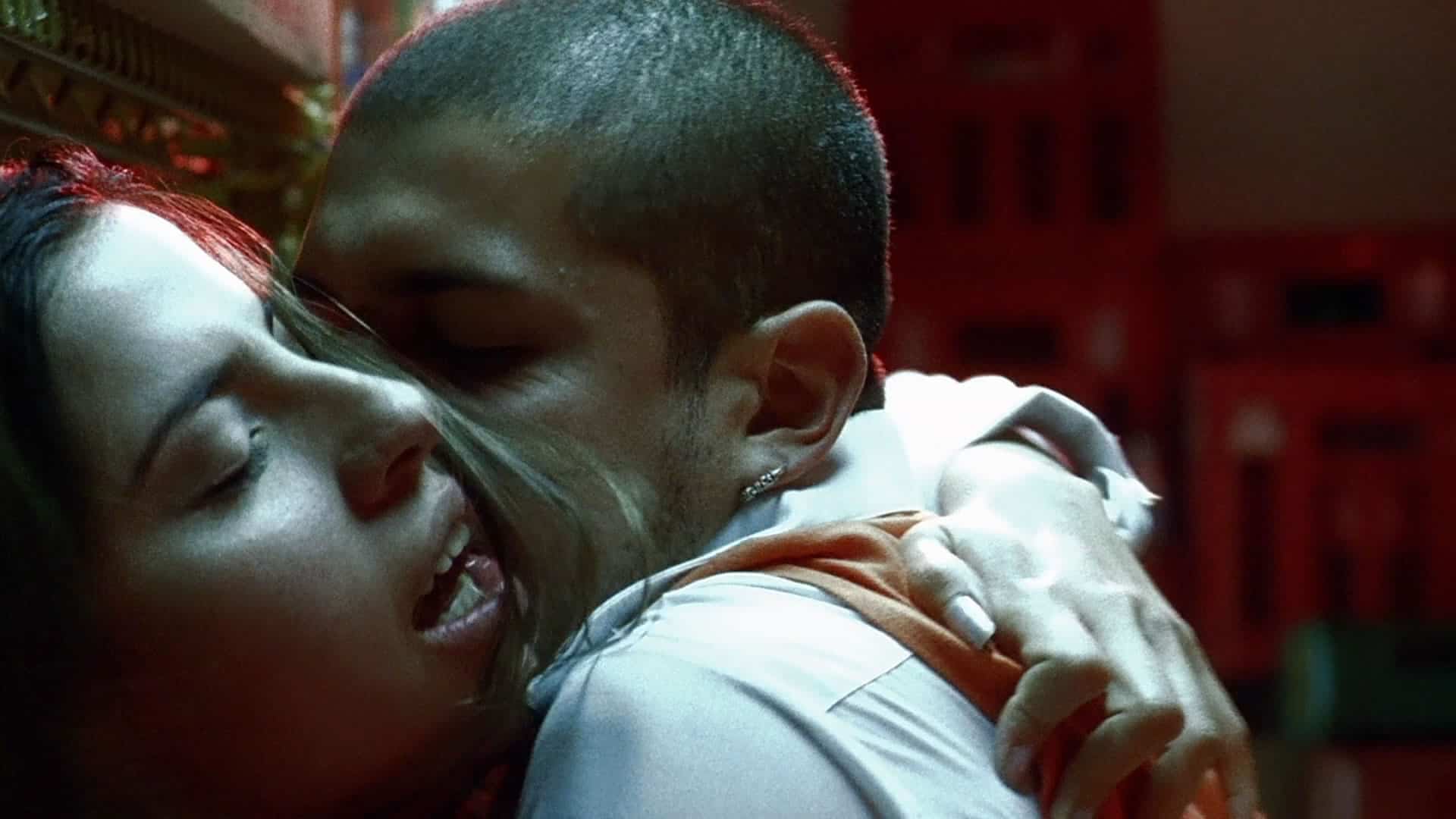

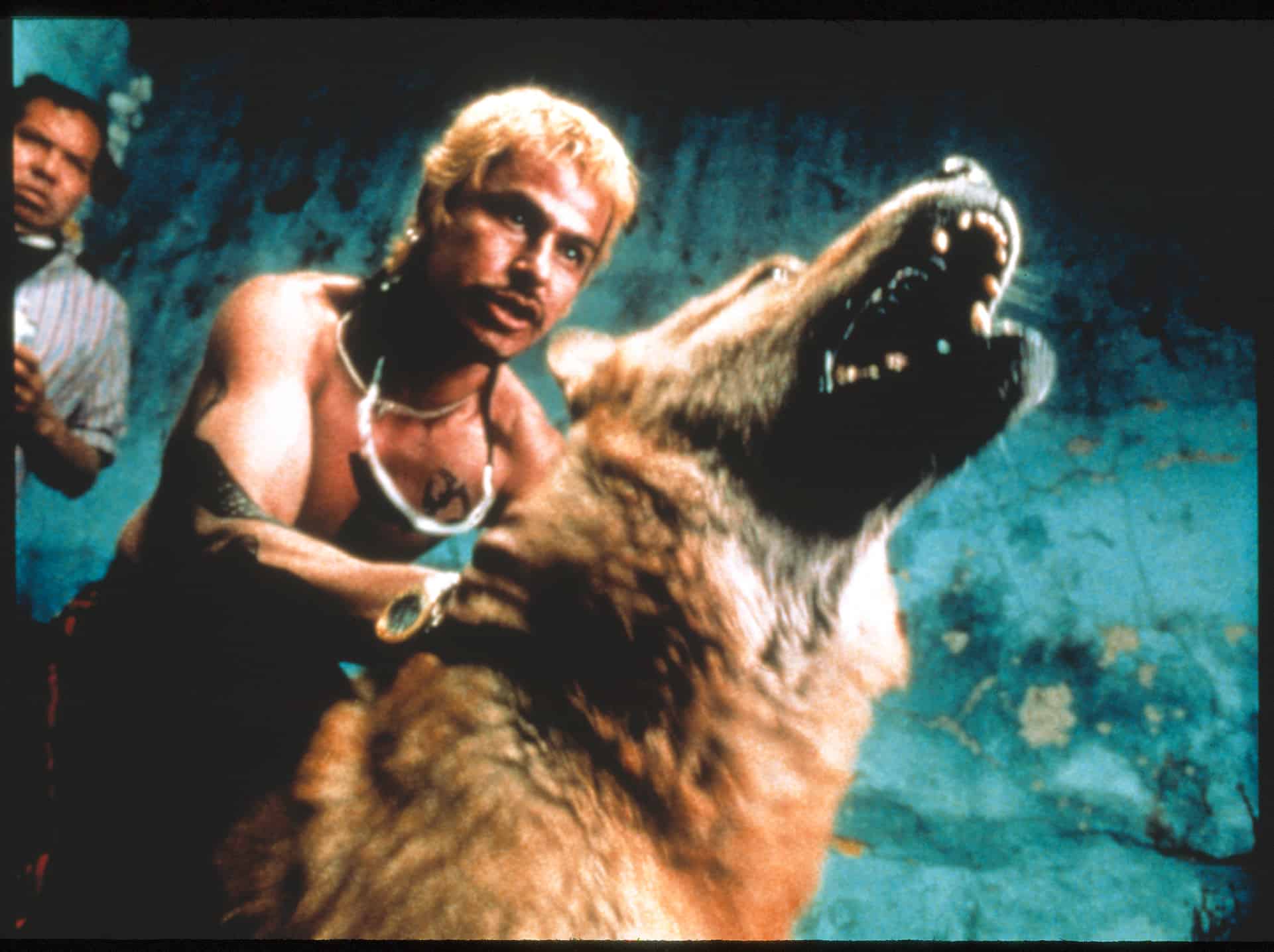

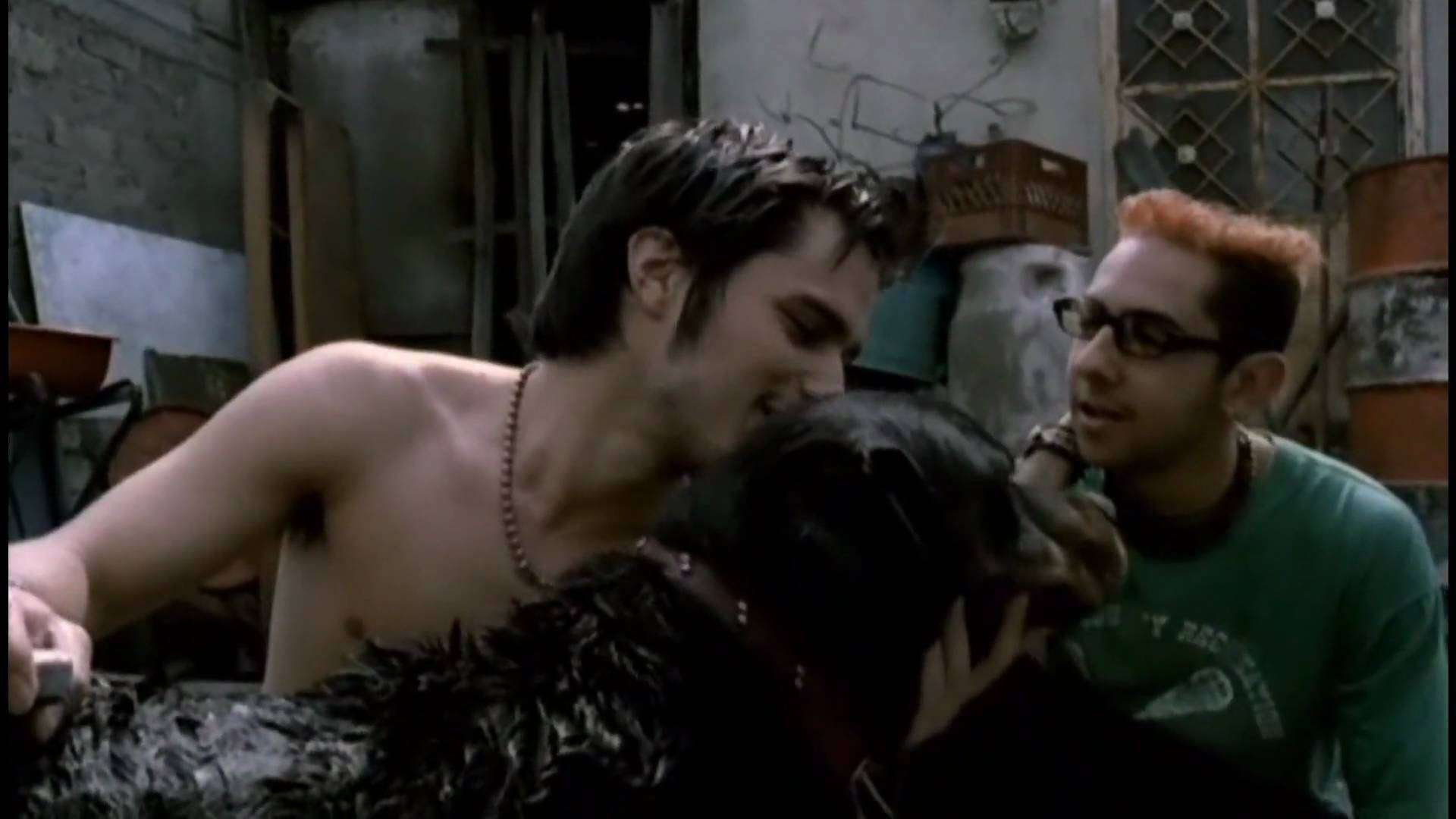

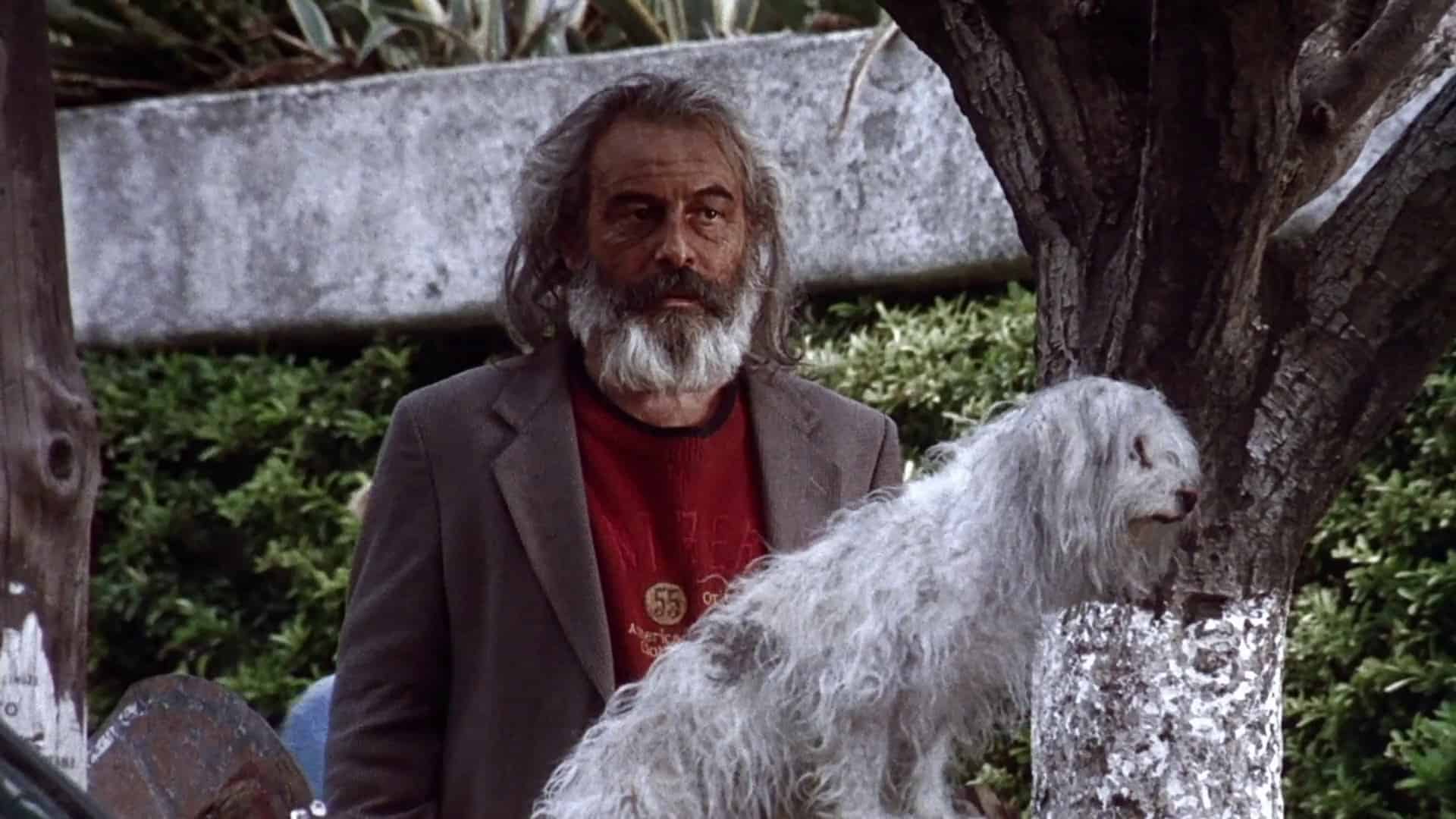
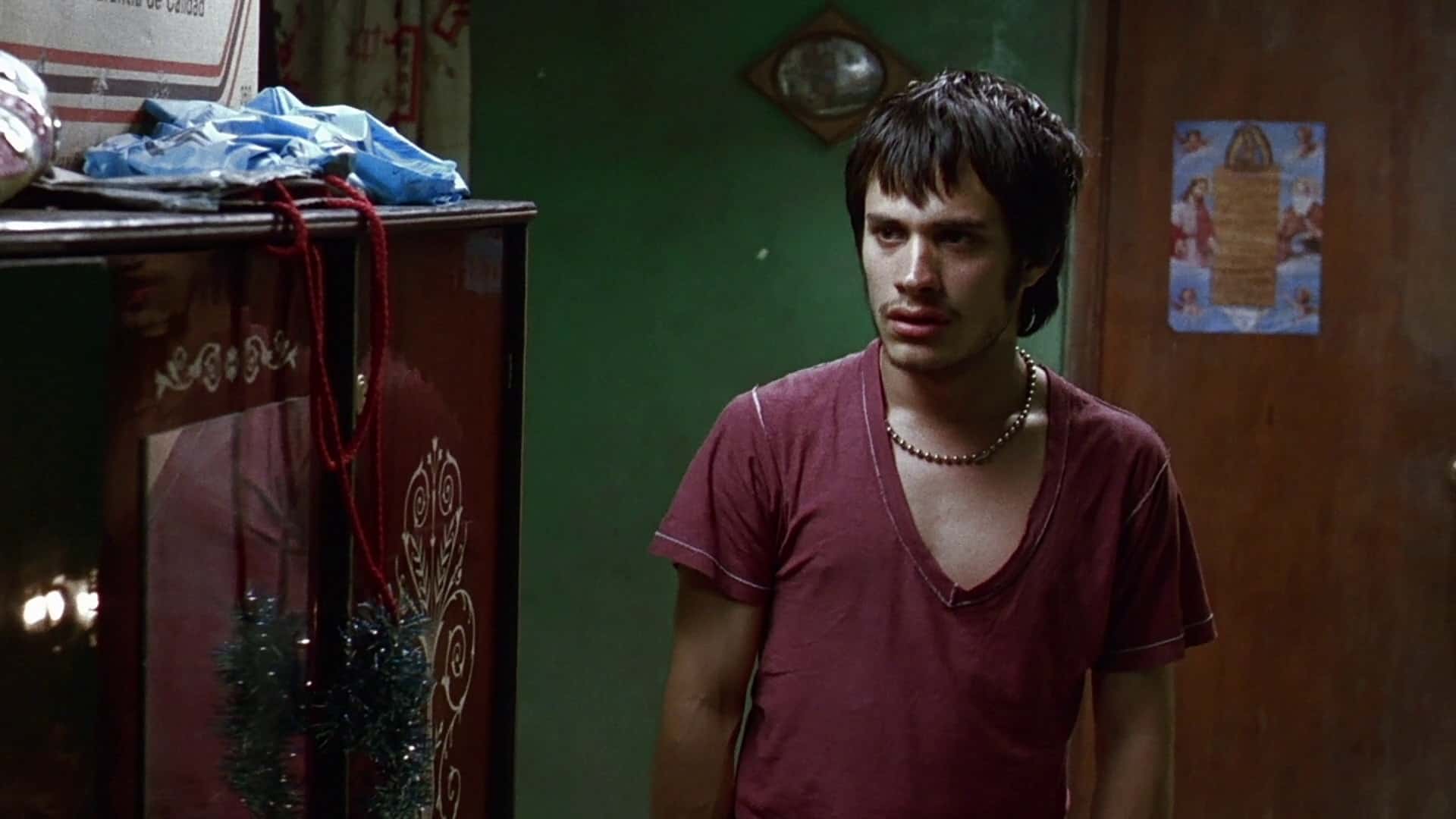
Featured Videos
Official Trailer
Comments
Loading comments...